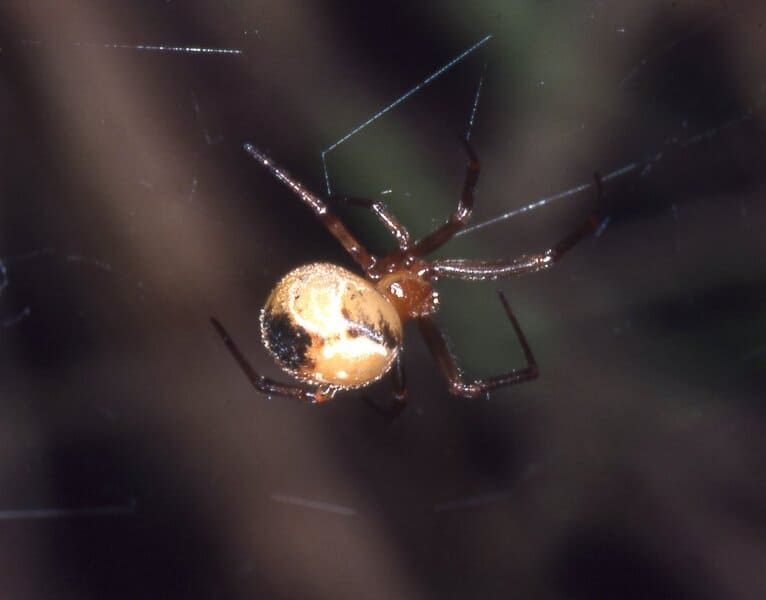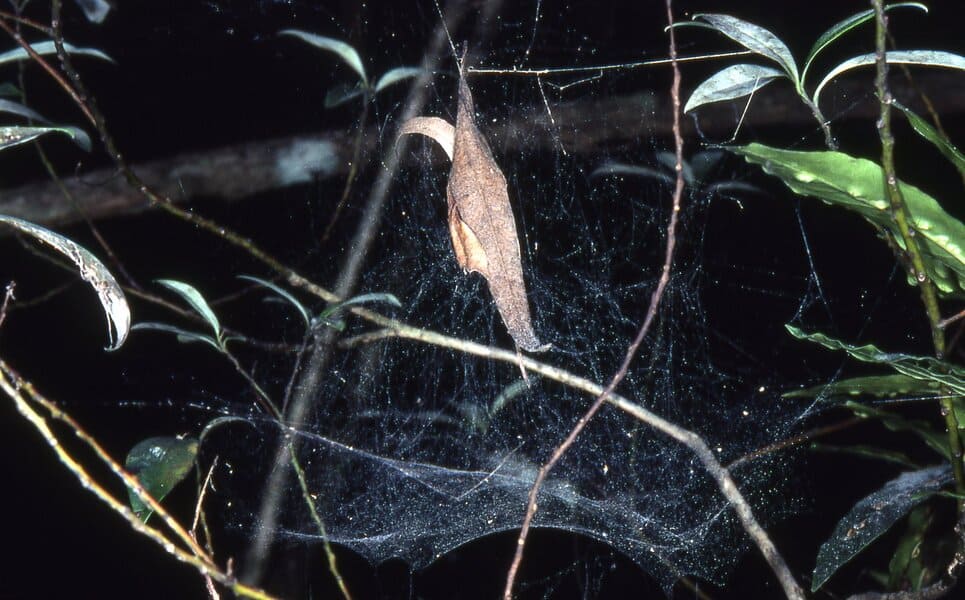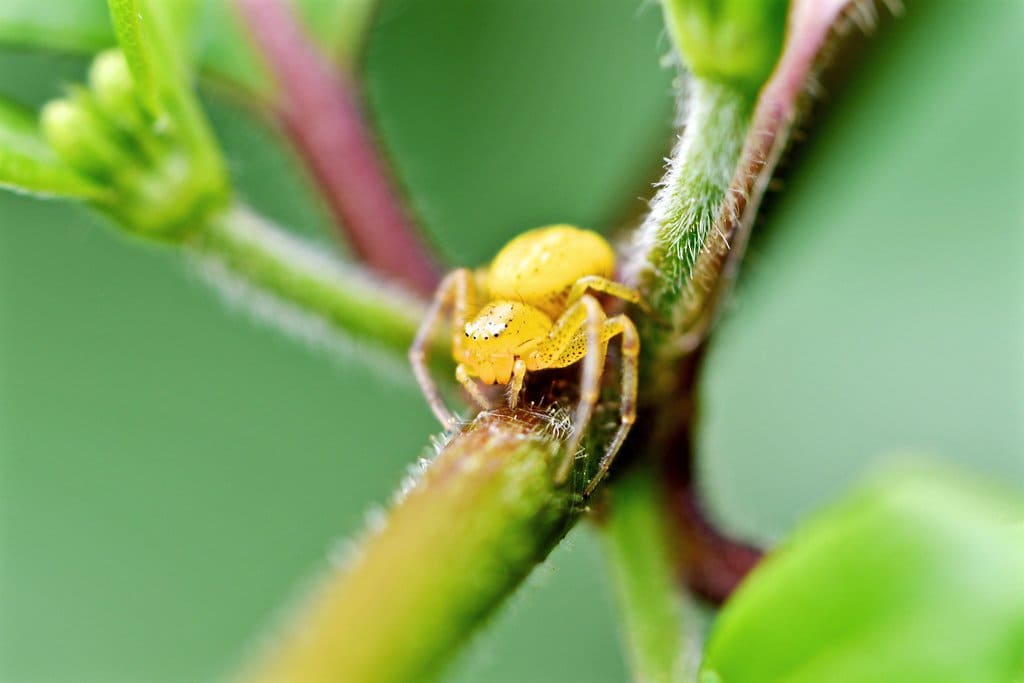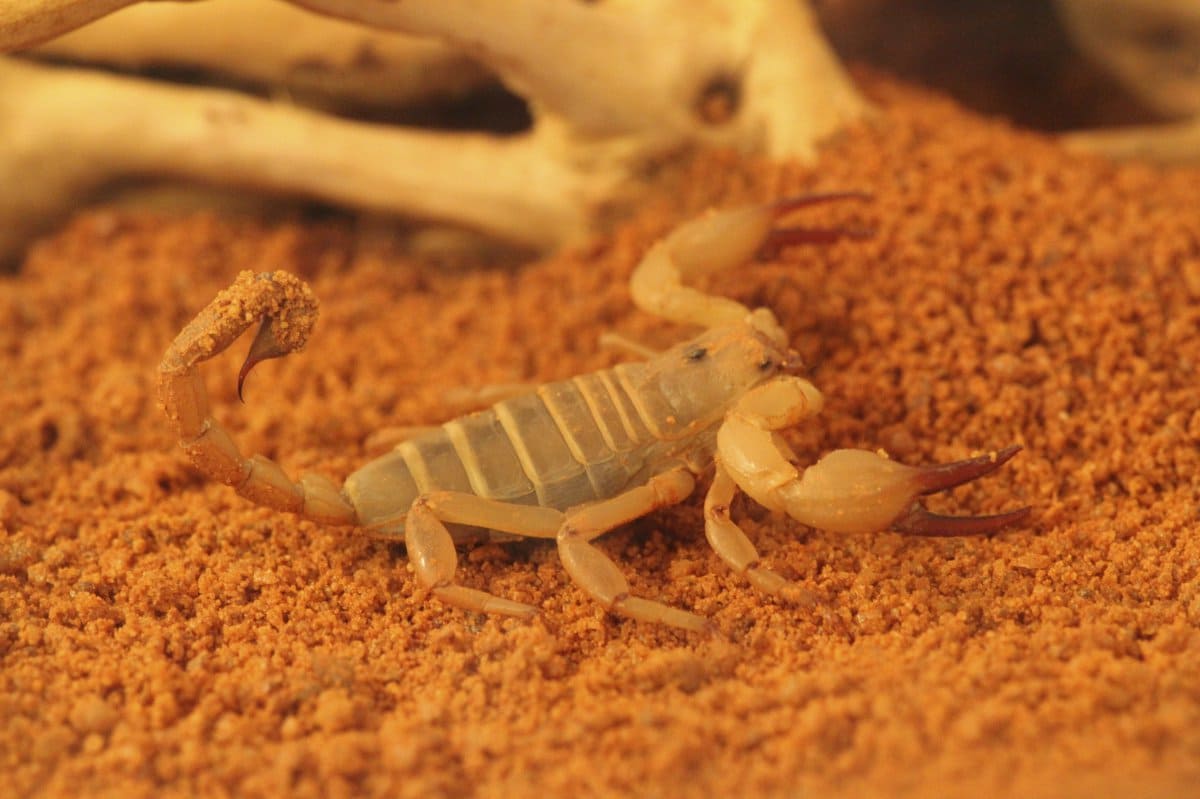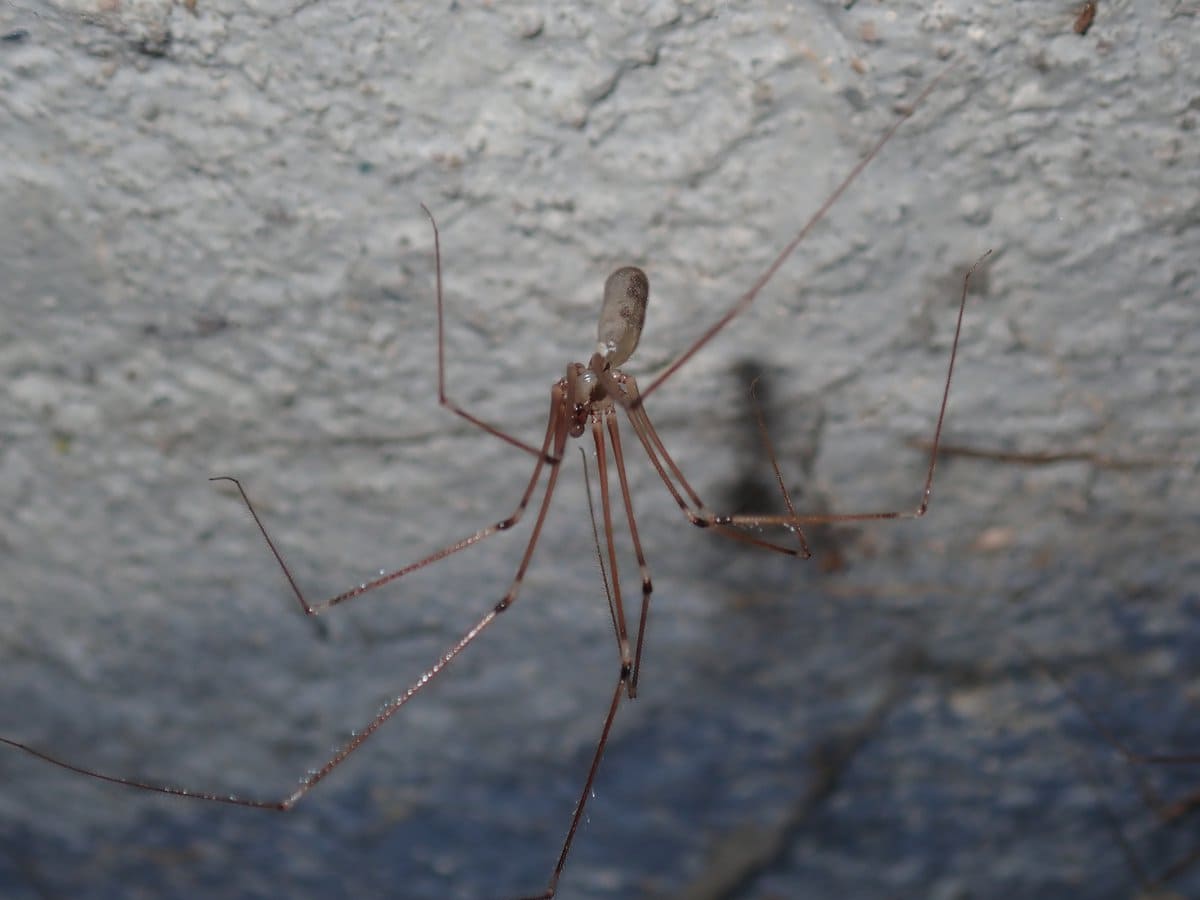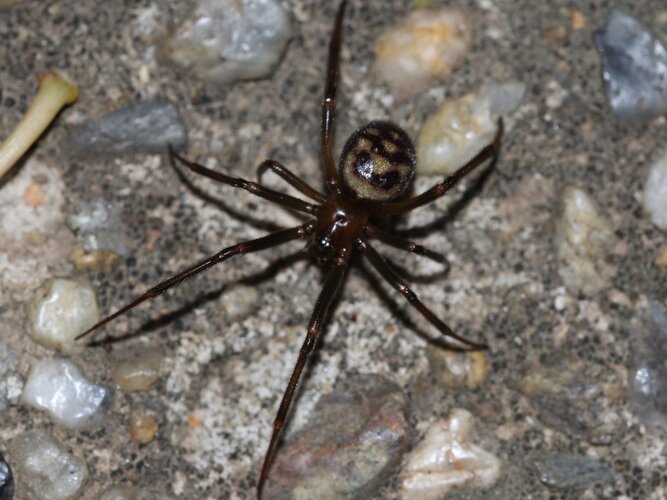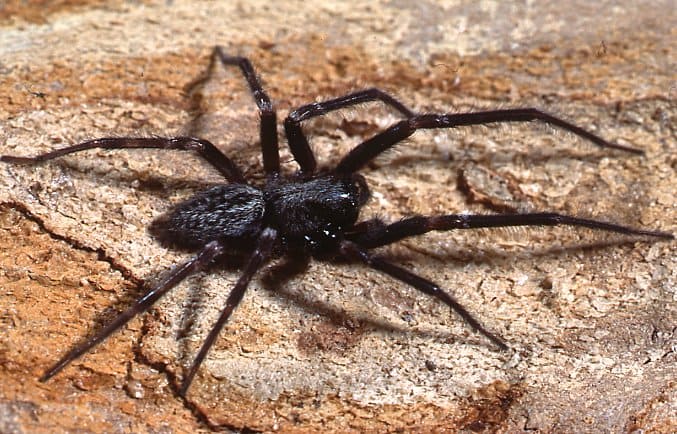Comb‑footed platform spiders
IUCN
LCBasic Information
Scientific classification
- name:Comb‑footed platform spiders
- Scientific Name:Theridiidae (e.g., Parasteatoda, Steatoda)
- Outline:Arthropoda
- Family:Theridiidae Parasteatoda
Vital signs
- length:Typically 3–10 mm (females larger)
- Weight:Small spiders; varies by species
- lifetime:About 1–2 years (environment‑dependent)
Feature
Platform tangle with gumfoot lines; leg‑IV tarsal comb flings silk; crepuscular–nocturnal ambush.
Distribution and Habitat
Cosmopolitan; eaves, frames, sheds, fences and shrubs where wind is low and prey is frequent.
Appearance
Ovoid/spherical abdomen; variable colours (brown/grey/black/pale); some with glassy/metallic sheen.
Details
Comb‑footed platform spiders refer to members of the family Theridiidae that build aplatform‑like three‑dimensional tangle fitted with gumfooted lines—sticky vertical threads anchored to the substrate. When insects strike these lines they are snapped up toward the platform, where the spider uses thetarsal comb on leg IV (serrated bristles) to fling adhesive silk and wrap prey. Representative genera includeParasteatoda and Steatoda.
Ecology & Biology
Foraging: platform tangle + gumfoot lines act as a trap‑and‑haul system for surface‑running insects.
Activity: mostly crepuscular–nocturnal; by day they rest in a retreat above the platform.
Reproduction: females place egg sacs within the web and guard briefly; juveniles linger near the maternal web.
Identification
Body size: typically 3–10 mm (females larger).
Key trait: a tarsal comb on the fourth leg used to fling sticky silk; abdomen often ovoid/spherical.
Colours: variable—browns, greys, blacks and pale morphs; some species show a glassy/metallic sheen.
Range & Habitat
Theridiids are cosmopolitan. Platform‑type webs occur around eaves, window frames, sheds, fences and in vegetation where wind is reduced and prey traffic is high.
People & Safety
Medical relevance: as a group‑level entry, most platform‑building theridiids are of low medical importance to people (excluding a few high‑profile exceptions not covered here).
Advice: minimise night lighting that attracts insects and remove old webs; relocate spiders gently with the cup‑and‑card method if needed.
IUCN: many species are unassessed; marked here as Not Evaluated (NE).
FAQ
Q1. Why “comb‑footed”? Because leg IV bears a tarsal comb of serrated bristles used to fling adhesive silk.
Q2. What is a “gumfoot line”? A sticky vertical thread anchored below the web; when struck, it snaps and springs prey up to the platform.
Q3. Are all comb‑footed spiders included? No—this entry focuses on those that build platform + gumfoot systems (e.g., Parasteatoda).
Q4. Tips for household management? Reduce light spill, tidy corners, and remove aged webs; gently relocate any spiders outdoors.

